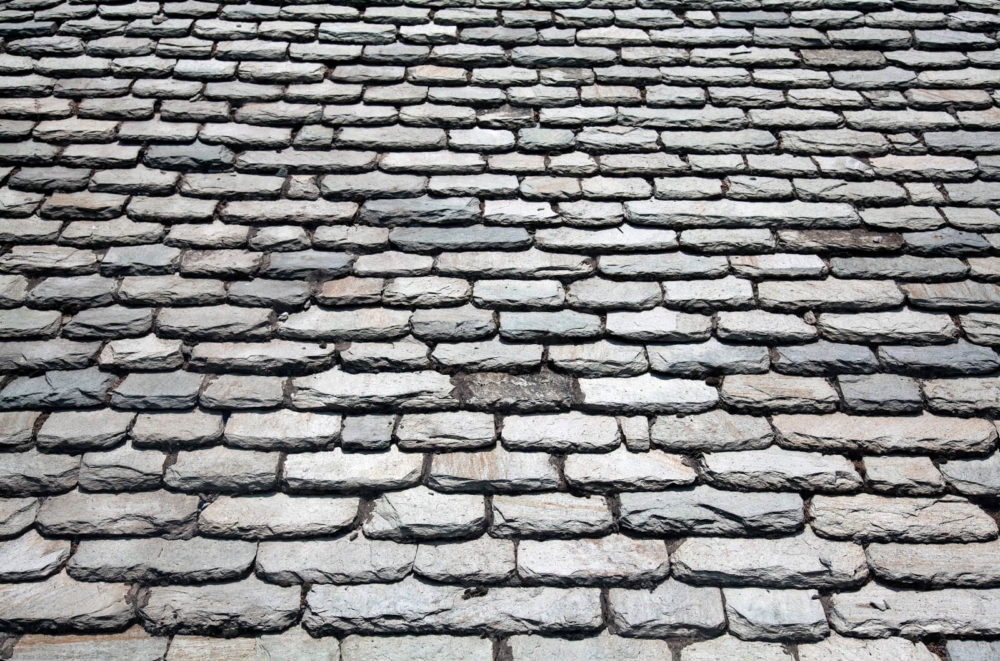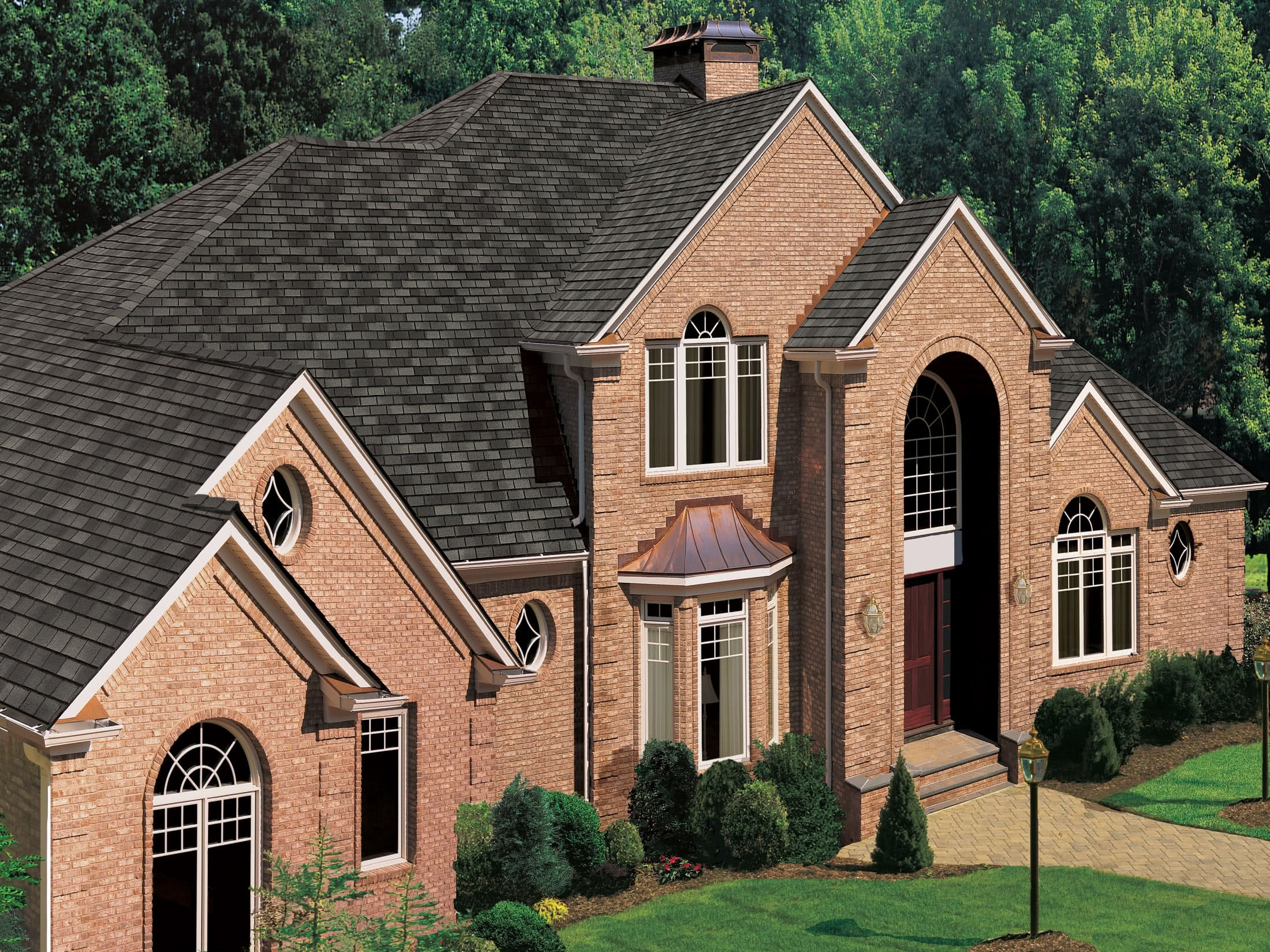Request Quote
Home | Our Blog | What Type of Roof is Best for Enduring Hurricanes?
Reviewed by Tomas Kalkys. President.
Qualifications: More than 20 years of experience in residential and commercial exterior remodeling.
Founding farther of Legacy Service.
Written by LegacyUSA Team
posted on Aug 21,2019
Get Estimates From Roofing Pros
Hurricane season is upon us, and you’ll want your home to be able to withstand harsh winds and pouring rain. If you live in Pennsylvania, then you know how strong these storms can get, and you probably won’t object that it’s critical to have a sound and durable roof to provide protection for you, your family, and your home’s possessions. Fortunately, there are roofs out there designed for strong winds, and our team at Legacy Service can install and replace them. Read on to find out which roofing material and roof design is best for hurricanes:
Not a real zip code.
All of the materials that we’ve listed below are good enough to cover your roof, but which type of roof material is best for hurricanes? Check out the pros and cons, and see which one we’ve determined to be the winner:

Asphalt shingles are one of the most popular types of roofing material in Pennsylvania because they’re usually the most affordable. However, since they are the least expensive, they may be less likely to withstand the harsh weather caused by hurricanes. Most three-tab shingles are rated for wind speeds up to 60-70 mph, which is just the average speed of most tropical storms. Since they’re lightweight, they are affordable and easy to work with, but they’re also typically more susceptible to blow-offs. However, architectural and dimensional shingles are heavier and typically rated for up to 110 mph winds, which means that they’re a bit more durable during a hurricane. Let us help you choose the best shingles for high winds at Legacy Service.

If you’re looking for storm proof roofing, then metal is one of your best bets. Not only does it look beautiful, but it’s also highly durable because it can withstand wind speeds between 110 and 160 mph. If you live in a hurricane-prone area, investing in a metal roof can be a wise decision since it will stay in one piece and excel at protecting the top of the home from wind-driven rain. Metal roofing systems are available in exposed fastener, hidden fastener, and stamped options. Let our team at Legacy Service help you determine which type of hurricane proof metal roofing would be best for you.

Slate tiles tend to be costly and are typically very heavy, but they have tremendous durability when it comes to resistance to rain and wind. They might even be considered one of the most wind resistant roofing materials. Due to their rigidity, it’s tough for wind to get underneath slate tiles to rip them off or cause damage to the surface beneath. However, if you choose slate, you’ll want to make sure your roofer has the experience necessary to install this material properly.

Although wood shingles may be able to withstand winds brought on by hurricanes, they may not last as long as other alternatives. It takes lots of routine maintenance to make sure wood shingles last as long as they should. Hurricanes can shorten that lifespan, especially if it’s in an area that tends to be hurricane prone. Although they might not be as durable as other types of roofing, wood shingles boast a natural beauty that is hard to match.
Metal roofing is considered the best roofing material for high winds for homeowners throughout Pennsylvania. It provides an extra layer of protection for those who live in hurricane-prone areas as well as those who live near forests and trees.
Not a real zip code.
Materials aren’t the only thing that’s used to make sure your roof can withstand the damaging winds and rain of hurricanes. The design of the roof is also essential for its protection. Choosing the correct design for your home, and depending on your location, will help reduce wind damage as much as possible. Here’s what you should keep in mind when installing your roof:
Roofs that have multiple slopes, such as hip roofs (which have four slopes), will usually perform much better during hurricanes and tropical storms than gable roofs, which only have two slopes. Gable roofs may be more common, but it’s usually because they’re more affordable. Gables are susceptible to winds hitting the flat, horizontal side of a home. If you’re looking for a roof that can withstand hurricane-like weather, whether it’s throughout the year or even only during a short period, hip roofs are a better option.
Most experts recommend that a roof’s slope should be 30 degrees to make it the right pitch when it comes to handling high winds. This is also known as a 7/12 pitch, which means that the roof gets 7 inches higher for every 12 inches of run toward the peak of the roof. The argument for a 30-degree slope as the best roof pitch for hurricanes is that steeper slopes increase the “sail effect, ” making them more susceptible to high winds, and that lower slopes may not handle wind-driven rain as well. According to the publication Science Daily, this recommendation for the 30-degree, 7/12 slope has been backed up by testing.
When it comes to roof fasteners, staples should never be used in areas that face hurricanes at any point throughout the year. Instead of staples, we recommend nails and hurricane straps/clips that attach to the wall studs and rafters. Fasteners are required in places that frequently face strong hurricanes, such as Florida, but you may want to ask about them for your home whether you live in Pennsylvania or another local area.
A frieze board bridges the gap between the roof and the wall, and it’s attached to both. The purpose of this board is to keep wind from getting into the gap between roof and wall, which would potentially lift the roof structure. Frieze boards are also used to keep the wind-driven rain from getting into the home’s structure. We recommend notched for a tighter and more secure fit on the rafters.
When a hurricane or storm hits the area, your roof is the part of your home that’s most likely to be damaged. Roofing damage can quickly lead to other issues, including internal and structural, that could potentially be more serious. To help prevent that, there are a few other steps you can take to reduce the potential for damage to your roof. They include:

The answer to this question can vary depending on the type of materials used to build your roof as well as the shape, pitch, whether you used fasteners or a frieze board, and more. If you’d like a roof replacement for your home, please give us a call at Legacy Service. We’ll send out a technician to give you a free consultation. Visit our roofing page today!
Posted on Aug 21,2019 in Roof
Read our news
HOW LONG SHOULD A ROOF LAST? ELEMENTS
A lot of elements play a role in maintaining the integrity of the roof, but as a homeowner, the most important components to pay attention to are the underlayment, ventilation, and material.
DIFFERENT TYPES - DIFFERENT LIVES
Choosing the best roofing material for your home is the first important step in ensuring that you have the highest quality roof possible.
METAL ROOF VS ASPHALT SHINGLE ROOFING
Two of the most popular roofing materials on the market are metal and asphalt, and both offer different pros and cons to a customer.
Pros and cons of Asphalt Shingle Roofing
Replacing a roof is an expensive decision, and cannot only come down to cost.


